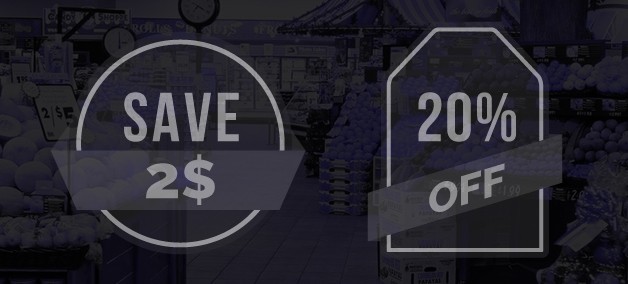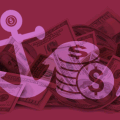You can strongly persuade users mindsets with framing as they consider decision outcomes. People are sensitive when making a decision and don’t usually notice or question the frame. They often just accept the frame the way it is presented.
The Power of Framing
In our previous post we talked about how anchoring and ordering can influence the perception of value. In this post we will see how the language that we use to frame the decision process can persuade users perceptions.
For example, which of the following would you prefer?:
- A 25% chance of winning the lottery
- A 75% chance of winning nothing
People respond differently when choices are framed as a gain (1.) or a loss (2.) Even though both options are actually the same, each option is presented as a different perspective and affect the decision outcome. People tend to be affected by aversion to loss more, so Option 1 would be more effective as it draws attention to a positive outcome (gain), while Option 2 posses a negative outcome (loss).
Now let’s consider the next example.
Which of these options look more appealing to you?
- 90% lean Ground beef
- 10% fat Ground beef
These are just different ways of saying exactly the same thing, aren’t they? But I’ll bet you prefer option 1. This is because the option with the “lean” frame is usually associated with a higher quality product then the “fat” frame option. This is because lean meat is expected to be better than fatty meat. The decision makers attention is drawn from the description (frame) in which we highlight the different attributes (lean/fat).
Framing influences our decisions daily and in ways that we are mostly unaware of.
Here’s one more framing problem:
Do you think people would be more likely to register for an event before the deadline if they were threatened with a $50 late registration penalty vs a reward with a $50 discount for registering on time?
There was an experiment that economist Simon Gächter and his colleagues played on senior faculty and junior students about participating in an economics conference. [1] They emailed either the penalty or the discount framed versions of a registration reminder. The senior faculty showed no difference, but the juniors were much more likely to register before the deadline in the penalty frame (93%) vs the discount frame (67%). This is most likely because juniors are more likely to have tighter budgets. This shows why knowing your target audience is key as people respond differently to these two ways of framing the decision.
As a user considers the outcome of a decision, we can draw his attention to either a positive or a negative outcome – a gain or a loss.
“Losses loom larger then gains” Kahneman & Tverky, 1979
Loss aversion evidently affects how people behave when making decisions.
The thought of losing is twice as powerful as the pleasure of gaining. Studies have shown us that people are more willing to take risks to avoid a loss. Loss aversion applied to behavior change strategies can explain why penalty frames are sometimes more effective than reward frames in motivating people, as shown in the previous example.
Depending on how we frame a decision, people will become sensitive to the gain or loss that are associated with outcome. Here’s an example:
Let’s say you bring your car to the mechanic for a tune-up and the mechanic tells you that you need to replace or upgrade the exhaust system. Which of the following statements do you think would be most effective to convince that person to take action?
- You’ll save money by replacing the exhaust system on your car.
- You’re losing money by not replacing the exhaust system in your home.
The more persuasive statement is option 2, as it draws attention to the financial losses that the person will incur because of the existing situation. In this case, losing money is much more compelling than saving money.
Design Implications
Framing design can influence a decision in two ways:
- How it is asked/described When architecting the decision process, ask yourself the question in multiple ways, and work out the likely decision for each option. Each way of framing the question affects the users attention to different features. You should choose which feature the user cares most about and what they should base their decision on.
- The number of options Because people are sensitive when making decisions, they usually only consider the options we present to them. There is research that shows how framing can change people’s preferences when presented with binary options vs multiple options.
When we offer a single option, users are more likely to see it as an opportunity and focus only on the one option. When we offer multiple options their attention is spread across all of them and they have to compare and consider each one.
Now we’ve seen how the way an option is presented greatly affects the way people make decisions. In the next post we’ll see how we can use framing in conjunction with anchoring to really persuade conversion.
Want Us To Boost Your Conversions Bigtime?
Get Your Free & Discreet Consultation With Control Square Now!
We’ll reach out to you shortly.
References
[1] CeDEx Discussion Paper No. 2007–01, Simon Gächter, Henrik Orzen, Elke Renner and Chris Starmer Are experimental economists prone to framing effects? A natural field experiment. ISSN 1749-3293. 04, 2007 https://www.nottingham.ac.uk/cedex/documents/papers/2007-01.pdf




